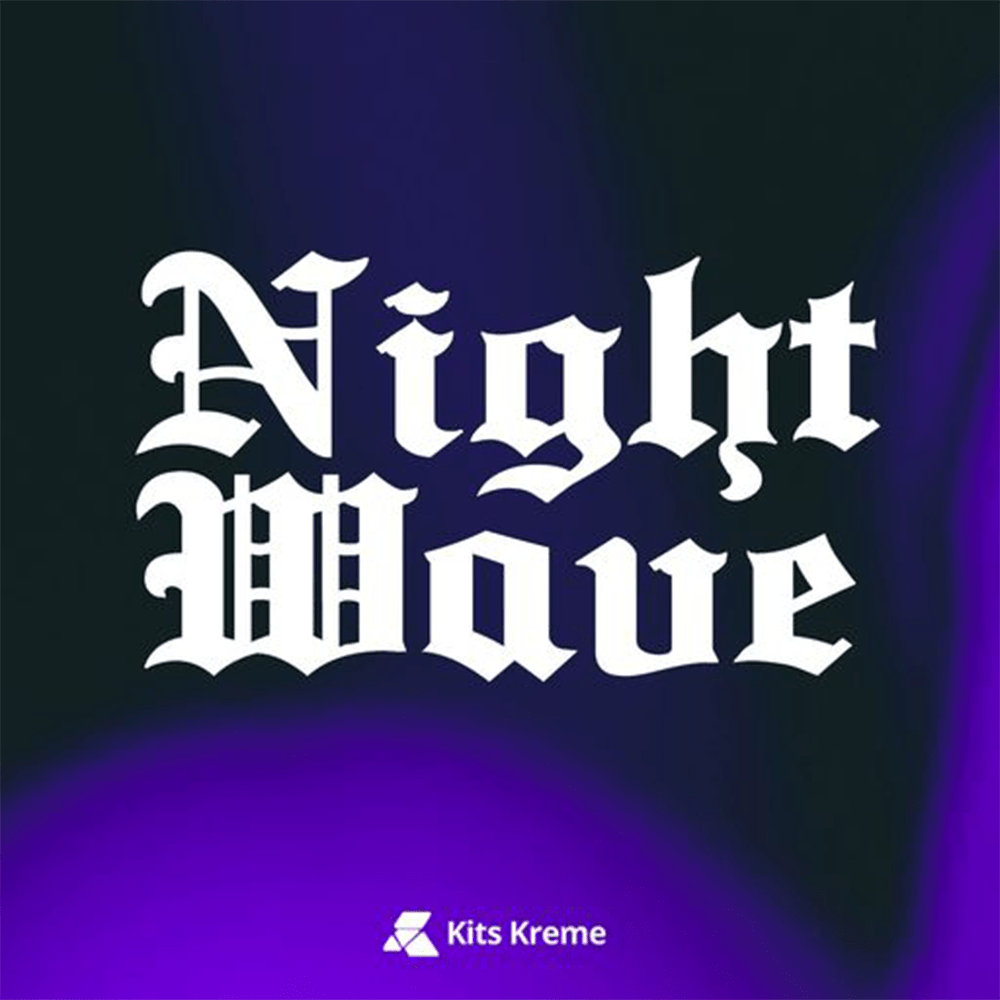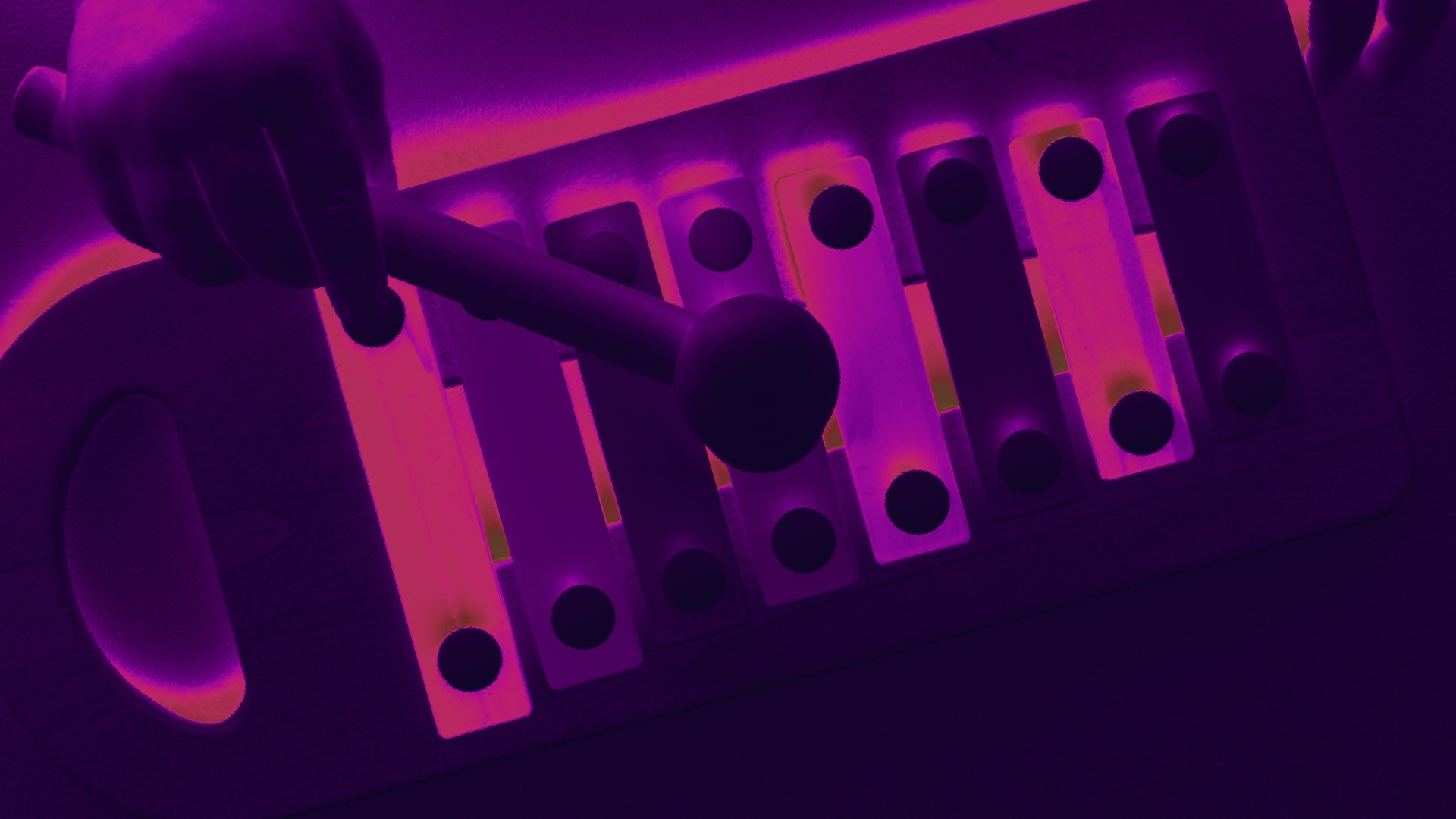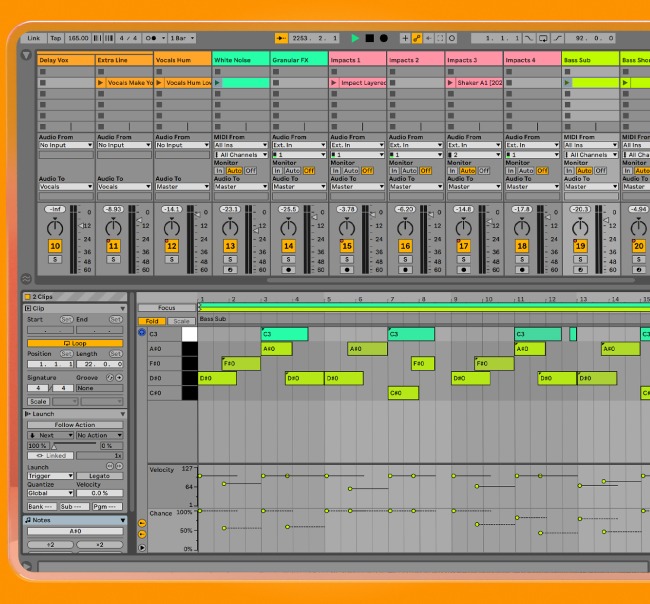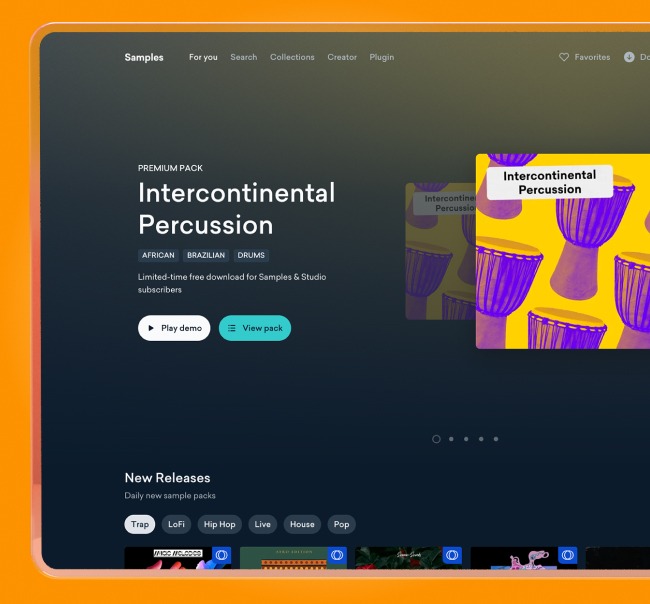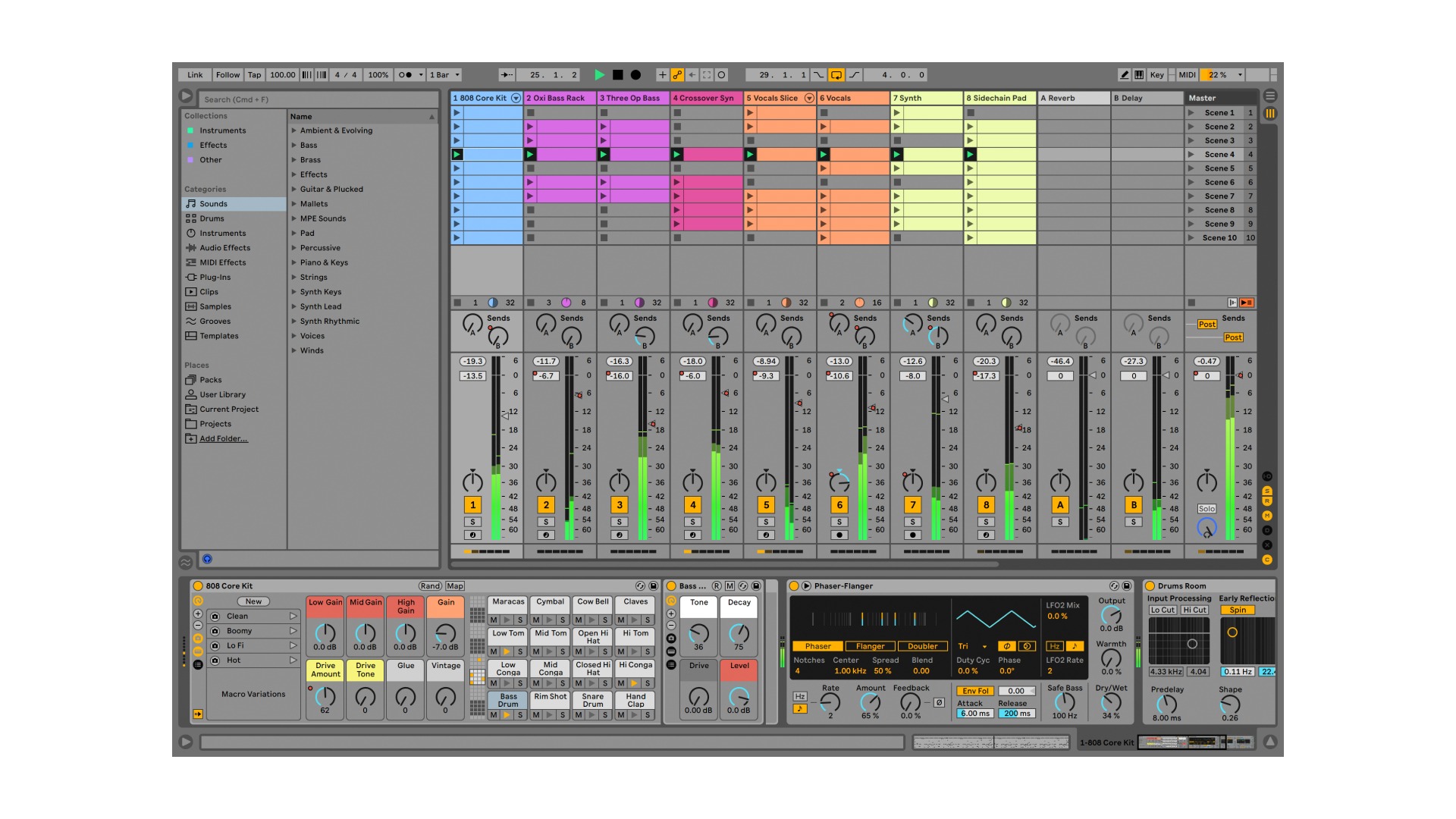
How To Make a Lil Baby Type Beat
Lil Baby rose to fame after the release of his mixtape “Perfect Timing” in 2017. His eventual collaboration with Drake in 2018 on “Yes Indeed” brought him to the mainstream. Since then, Lil baby continues to dominate with his melodic vocals, and laidback flow.
Lil Baby’s sound is often imitated but rarely reproduced. When it comes to the beats that he uses, you can’t get any darker. There’s been an explosion of Lil Baby type beats across the internet by aspiring producers—and for good reason.
Lil Baby type beats have a dark sound harmonically and sonically. They often contain orchestral elements like soft arpeggiated piano, and strings. Throw in an ominous pad and you’re halfway there to a Lil baby type beat.
In this article I’ll show you exactly how to make a Lil Baby type beat, and help you select all the sounds that’ll get you close to his dark and heavy vibes.
Get DAW guides, tutorials, free plugins delivered weekly
Subscribe to the LANDR Blog newsletter.
Lil Baby Chord progression
When you’re first starting your session, you’ll want to set your tempo between 110 bpm and 180 bpm. This’ll depend on what you’re going for. Once you have that set up, load up your favorite piano VST. One of the best is Spitfire Audio’s Intimate Grand Piano. It has such a dark but warm tone—perfect for Lil Baby type beats. Draw or play in this progression to capture Lil Baby’s dark and ominous tone.
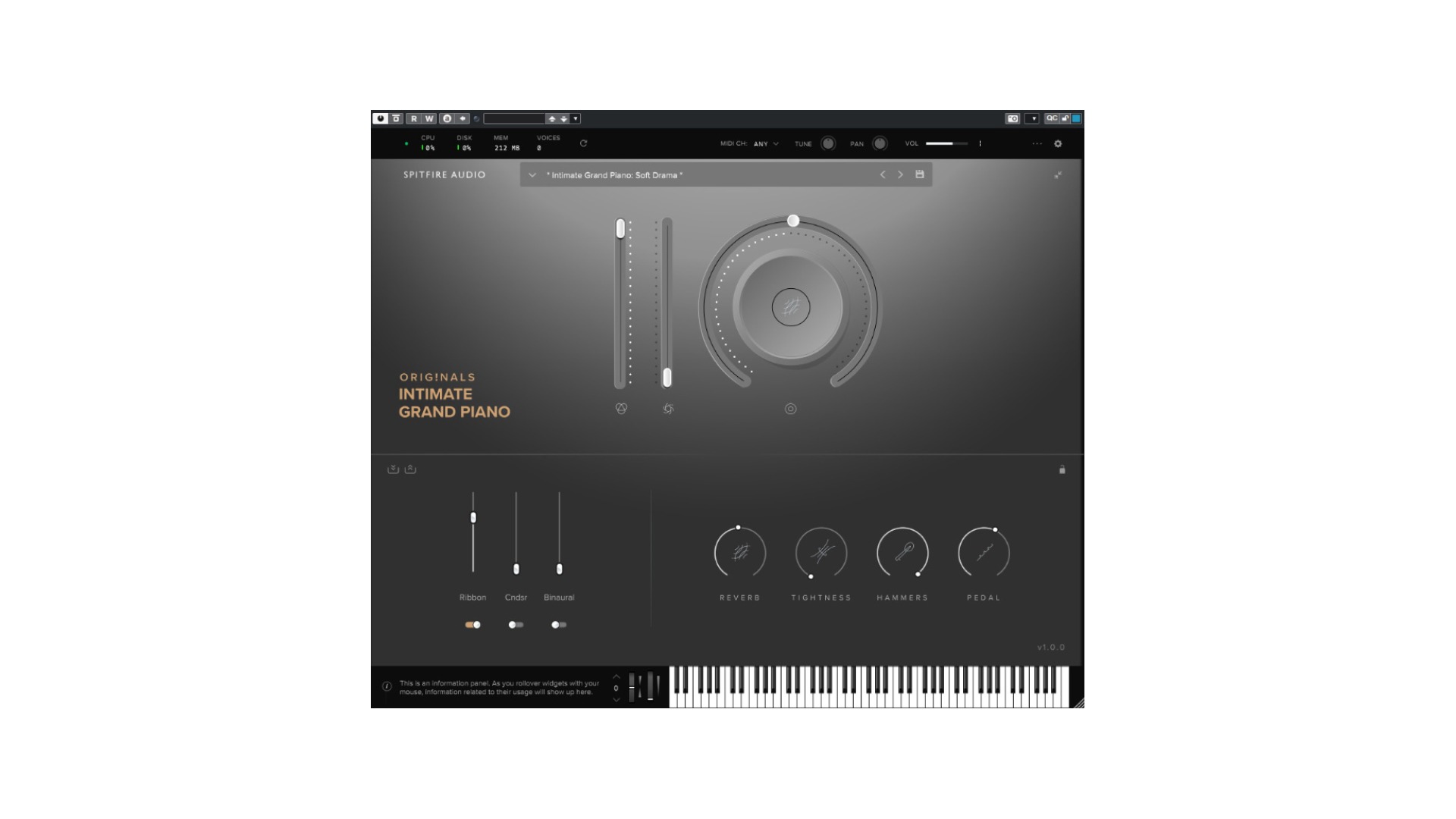
Spitfire Intimate Grand Piano
Get PluginC minor – Ab major
Common keys for Lil Baby’s vocal range are F minor, D minor and A minor. Feel free to drag those two chords around to switch keys. You’ll find that around a tempo of 150bpm, each chord will take up 4 bars each.
Grab this progression and many other trap, hip hop and drill chord progressions for free.
You’ll obviously want to go for a dark sound on the piano. Use the lower notes for the chords. Consider adding a reverb and a low pass filter to bring down the brightness of the piano if needed.
Melody
Eighth note and triplet melodies are a staple in Lil Baby type beats. Simple melodies work well over top of the C minor – Ab major chord progression.
To do this, it’s as simple as choosing a few notes in the minor scale of the key you’re working in. Set your grid to ⅛ or ⅛ note triplets, and pencil notes in the scale. Starting on the root note is always a safe choice. Keeping the notes closer together will definitely help add to the vibe.
You can choose to either stay with the piano and write the melody above the chords. Or, choose a new instrument that compliments the piano.
Writing in a simpler melody for your intro is a good idea if you have a vibe going. I found a chill trap melody that vibes with the rest of my track on LANDR Samples in the pack “Baby Type Beats”. Layer the piano chords without the main melody underneath it for some context.
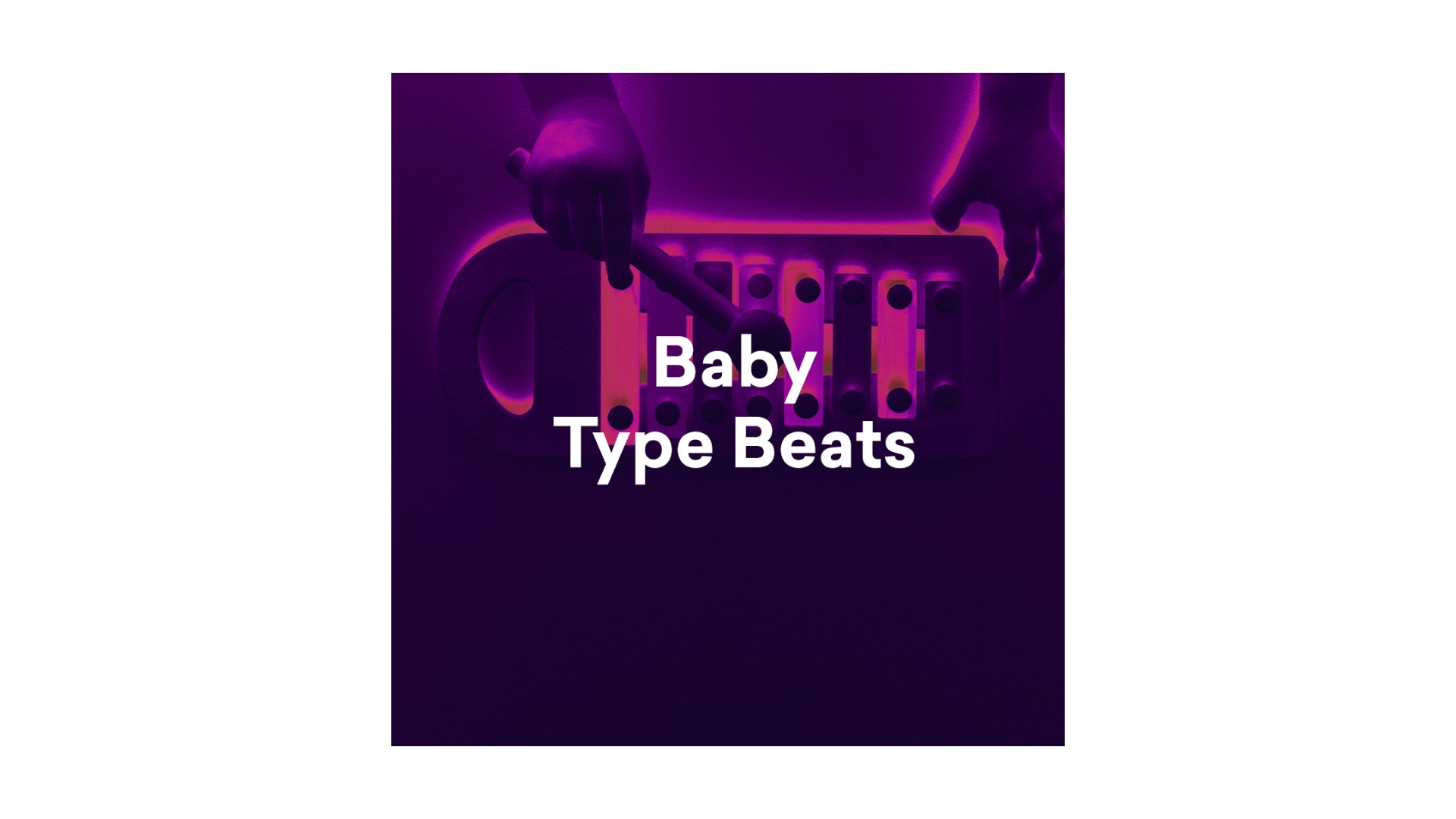
Baby Type Beats
Get PackLil Baby 808
Coming up with a simple, but catchy rhythm is key for any 808 and kick pattern. Starting on the root notes of the chords is always a good call. For some variety, use notes of the scale at the end of the 4 bars to connect to the next chord. I’ve noticed that Lil Baby type beats often have the tresillo rhythm in the kick and 808.
This is notated as one dotted eighth, followed by a sixteenth, and an eighth on the & of beat two. In the DAW you’ll want to set your grid to sixteenth notes and draw it in like this:
Hot Tip
Depending on the samples you’re using, consider layering the 808 with the kick drum. Adjust the attack time on the 808 so there’s enough space for the transient to pop through. If your 808 sample has a large enough transient at the beginning, you can get away without layering.
To add some weight to your intro, consider a warm synth bass that follows the root notes of the chords. I used a synth bass preset featured in IK Multimedia’s SampleTank 4 SE.
Lil Baby Hi Hats
Depending on the feel you’re going for—like the melody, you can choose to use either ⅛ note or ⅛ note triplet hi hats. However, triplet hi hats will work better at a lower tempo. Lil Baby doesn’t often have many technical hi hat rolls or fills on his beats. Keeping it simple while adding some extra sixteenth note fills will get the job done.
Add an open hat where it feels appropriate. You can’t go wrong with placing them on the off beat of beat 4, or on beat 2.
Lil Baby Snare & Percussion
The main snare placement on almost any beat, is on beats 2 and 4, or on beat 3 if you’re thinking in double time. To get the tightest and most impactful snare sound, try layering a clap on top.
What keeps a beat bouncing is the counter snare and percussion. Add counter snares sparsely to compliment the main snare. Simple, syncopated rhythms work well when placing them. To start, try the same concept with a short percussive sound as well to add more interest and bounce. If you’re using multiple sounds, pan them to add some stereo width to your beat.
Ear Candy
Beef this beat up with some ear candy! This’ll range from well placed vocal chops, sustained strings, or pitched percussion. Generally, accenting elements of your drums, or layering harmony on your chords will beef up your track. To add vocals, I used the set ‘Ascension Songs’ in the ‘Rising Voices’ mood of Chromatic.
I also added some sustained strings with BBC Symphony Orchestra. They’re tucked into the back of the mix for some depth. Then, I added Baby Audio’s TAIP plugin for some warmth and wow and flutter. The chords follow the main progression with a simple counter melody on top.
Arrangement
You should now have all the elements of your Lil Baby Type Beat. Finally, you can start arranging it into a cohesive song that any vocalist can rap over. A common arrangement for vocalists is the following:
- Intro – 8 bars
- Hook – 16 bars
- Verse – 32 bars
- Bridge / Breakdown – 8 bars
- Hook 2 – 16 bars
- Verse 2 – 32 bars
- Bridge / Breakdown – 8 bars
- Hook 3 – 16 bars
- Outro – 8 bars
I put together the full Ableton session of this beat for download. Download it and use it as a starting point for your next beat.
Arranging a beat is as simple as copying and pasting all the elements you’ve created. Afterwards, use subtractive arrangement. Either deactivate clips or delete them to sculpt the ebb and flow of your track.
For my hook, I have almost everything playing. Keep the listeners interested by introducing new elements after four bars have gone by. You’ll notice that the last four bars of the hook have some new elements that are in the intro.
Going into the verse, I’ve simplified the 808 pattern and drums, while using the same piano line from the intro. Then, I threw in the top loop after 4 bars. After 8 bars I have the melody loop come in as well as the strings. This helps the beat slowly build up.
The breakdown or bridge is like the intro. So, I took the drums from the verse and simplified them even further while keeping a similar groove.
To finish this track off, I added a riser and crash to accentuate the changes in sections.
Not Finished
Taking inspiration from unique artists such as Lil Baby is always a great way to improve your music production chops.
The important thing to remember is that the learning journey is never done. Remember, making more type beats based off of other artists will introduce new sounds and techniques to your production workflow.
Once you’ve got a style down, start pitching your tracks to artists and making connections. Don’t let those beats just sit on your hard drive!
Never miss new free DAWs and plugins
Get the LANDR Blog newsletter delivered weekly.
Gear guides, tips, tutorials, inspiration and more—delivered weekly.
Keep up with the LANDR Blog.
